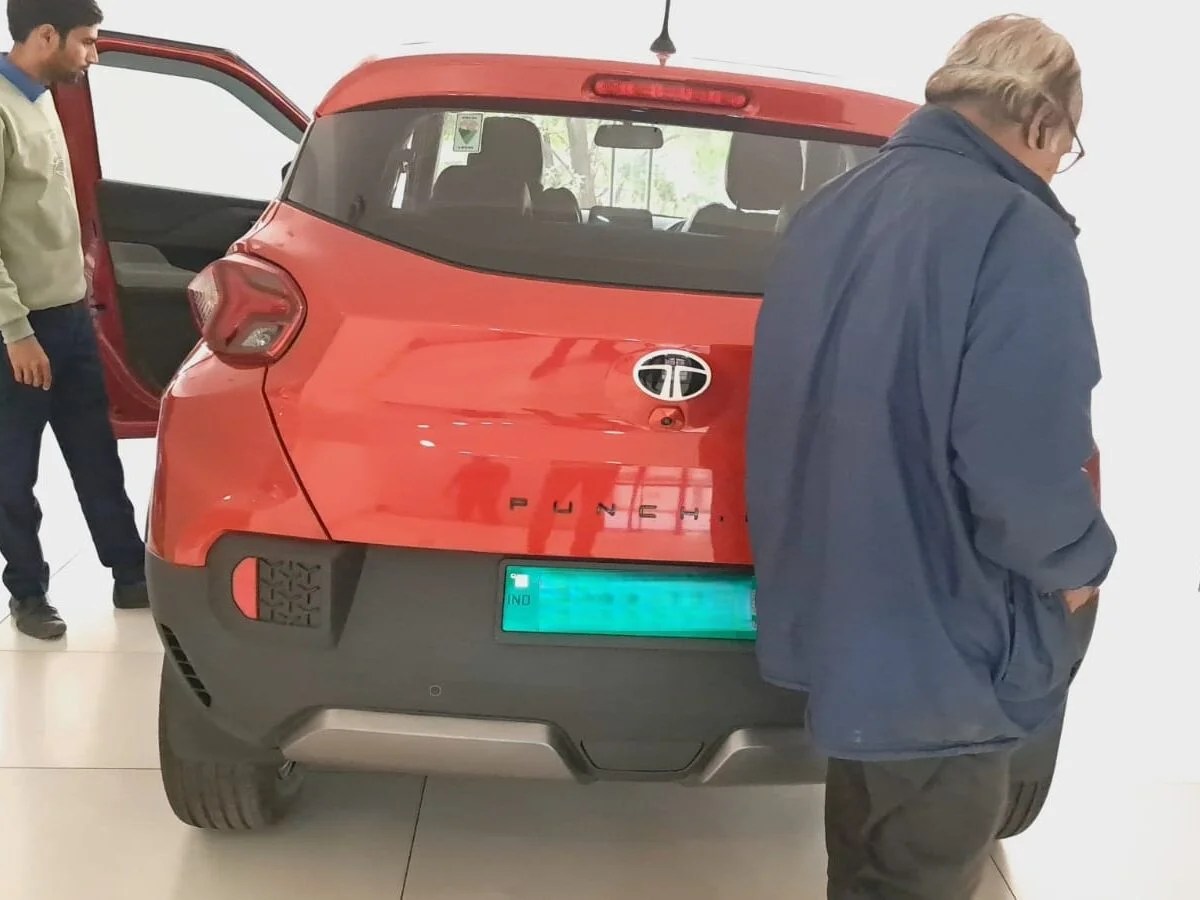While buying her first EV one of my friends did some research. And finally, after purchase a Tata Punch Long Range EV, she has shared some first-hand experiences with our community.
Key Takeaways:
If you drive a lot, an EV can be a cost-effective choice. Over its lifetime, if you drive more than 1,00,000 kilometers, you’ll get the most value for your money. Plus, it’s a more environmentally responsible choice.

Advantages of owning an EV:
- Cost Savings with EVs: EVs are cheaper to run than petrol or diesel vehicles. For example, the Tata Punch EV averages 7 km per kWh, costing about ₹2 per km with domestic electricity. In comparison, a similar petrol car costs around ₹7 per km. My friend’s experience confirms these savings, as she found her running costs significantly lower over the first 500 km.
- Low Maintenance Costs: Most of the EV have a 3-year warranty for vehicles and 8 years and a 1,60,000 km (whichever is earlier) warranty for the battery pack. EVs have fewer moving parts, which means they require less regular maintenance and have lower servicing costs. e.g. Petrol care would require Engine Oil and Air Filter replacement in every 5000 to 6000 kms.
- Government Incentives: The Indian government offers various incentives, such as reduced registration fees and road tax, to encourage the adoption of EVs. However, the exact benefit varies for each state in India. There was a Tax exemption of EV interest paid under Section 80EEB but the provision is not extended in the 2023 budget.
- Environmental Benefits: EVs produce zero tailpipe emissions, making them a cleaner alternative to traditional vehicles. While a significant portion of electricity is still generated from coal, the share of green energy is increasing and is expected to reach 50% by 2030. Driving an EV helps reduce air pollution and your carbon footprint. My friend feels good about contributing to a cleaner environment and believes that every small step counts towards a more sustainable future.
Challenges:
- High Initial Cost: EVs have a higher upfront cost compared to traditional internal combustion engine (ICE) vehicles, with a price gap of around ₹5 lakhs for mid-segment cars. However, this gap is decreasing as technology advances and EV production scales up.
- Charging Infrastructure: Home charging requires a 15A socket with proper earthing. For every 1,000 km, expect to use about 150 kWh of electricity. Public charging can be costly, ranging from ₹22 to ₹30 per kWh plus GST. However, many DC charging points now offer quick charging, and apps like Tata Power EZ Charge make it easy to locate charging stations. Some restaurants and hotels also provide charging facilities. Even restaurants and hotels are allowing travelers to charge their cars through their 15A power sockets with the help of accessories like Wundercurrent. The rate for kWh should be negotiated upfront in such cases.
- Battery Life and Replacement Costs: EV batteries come with an 8-year or 160,000 km warranty, providing peace of mind for the initial years of ownership. However, it’s important to note that not all battery cells degrade at the same rate. Over time, some cells may need to be replaced gradually rather than the entire battery pack at once. This can help manage costs and extend the overall lifespan of the battery. While replacing the entire battery pack can be a significant expense, gradual replacements can make it more manageable. Additionally, the EV battery recycling ecosystem is still evolving, which remains an environmental concern.
- Range Anxiety: The actual driving range with the AC on is about 45% less than the range claimed by manufacturers. For example, the Tata Punch EV Long Range (LR) with a 35 kWh battery pack has a certified range of 421 km but realistically offers 200 to 240 km. My friend experienced this firsthand, finding the range sufficient for daily commutes but needing to plan longer trips carefully.
Conclusion:
While EVs offer long-term savings and environmental benefits, it’s important to consider the initial investment and infrastructure challenges. In conclusion, the Tata Punch EV offers significant cost savings and environmental benefits, making it a smart choice for sustainable transportation in India. By choosing an EV, you’re not only making a smart financial decision but also taking a step towards a greener planet.



Leave a Reply